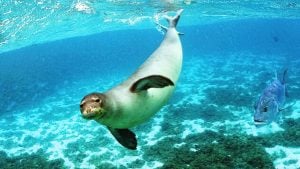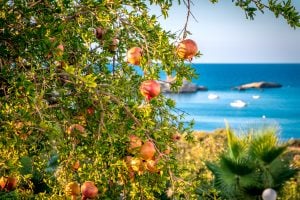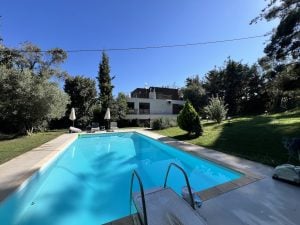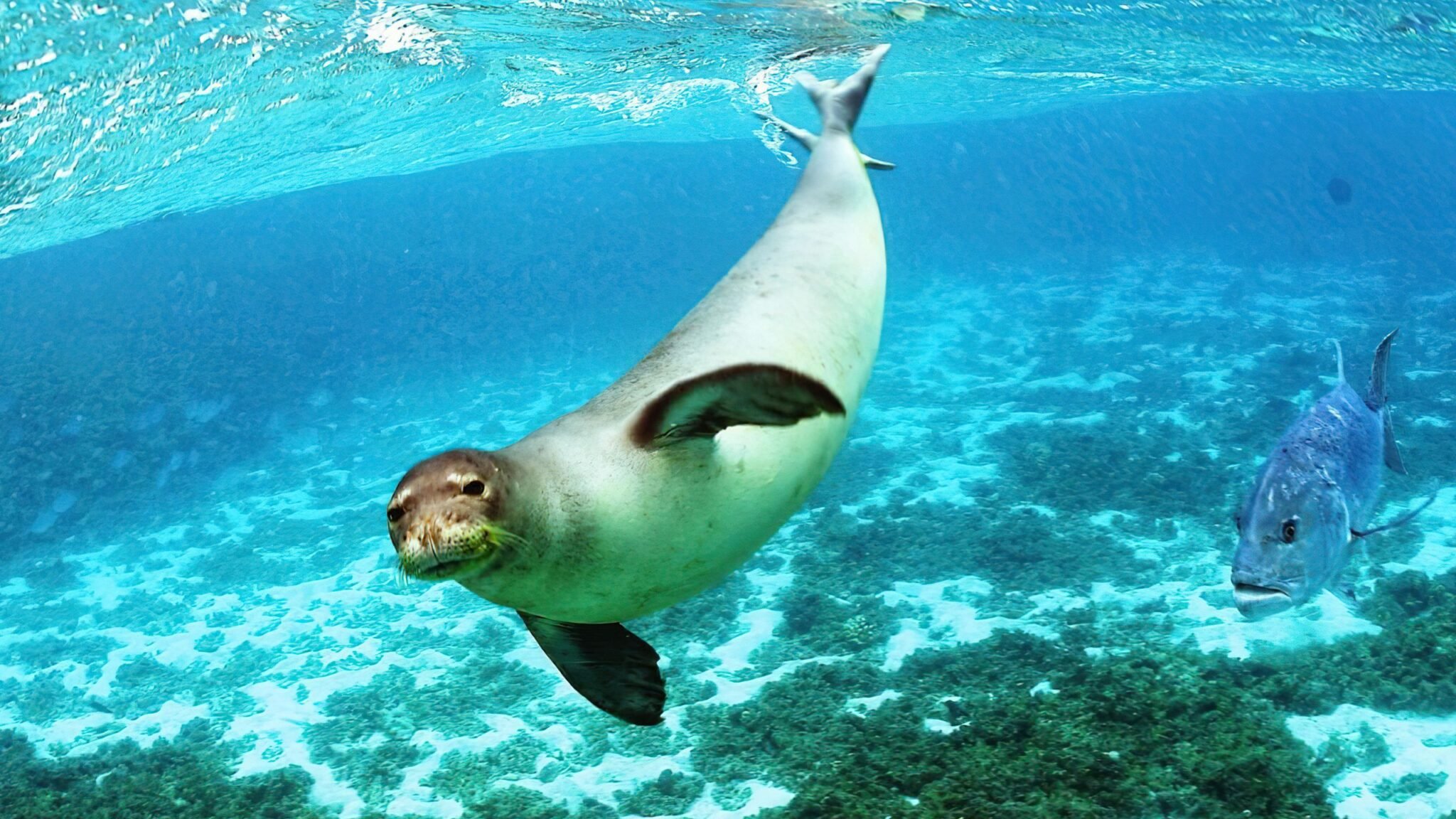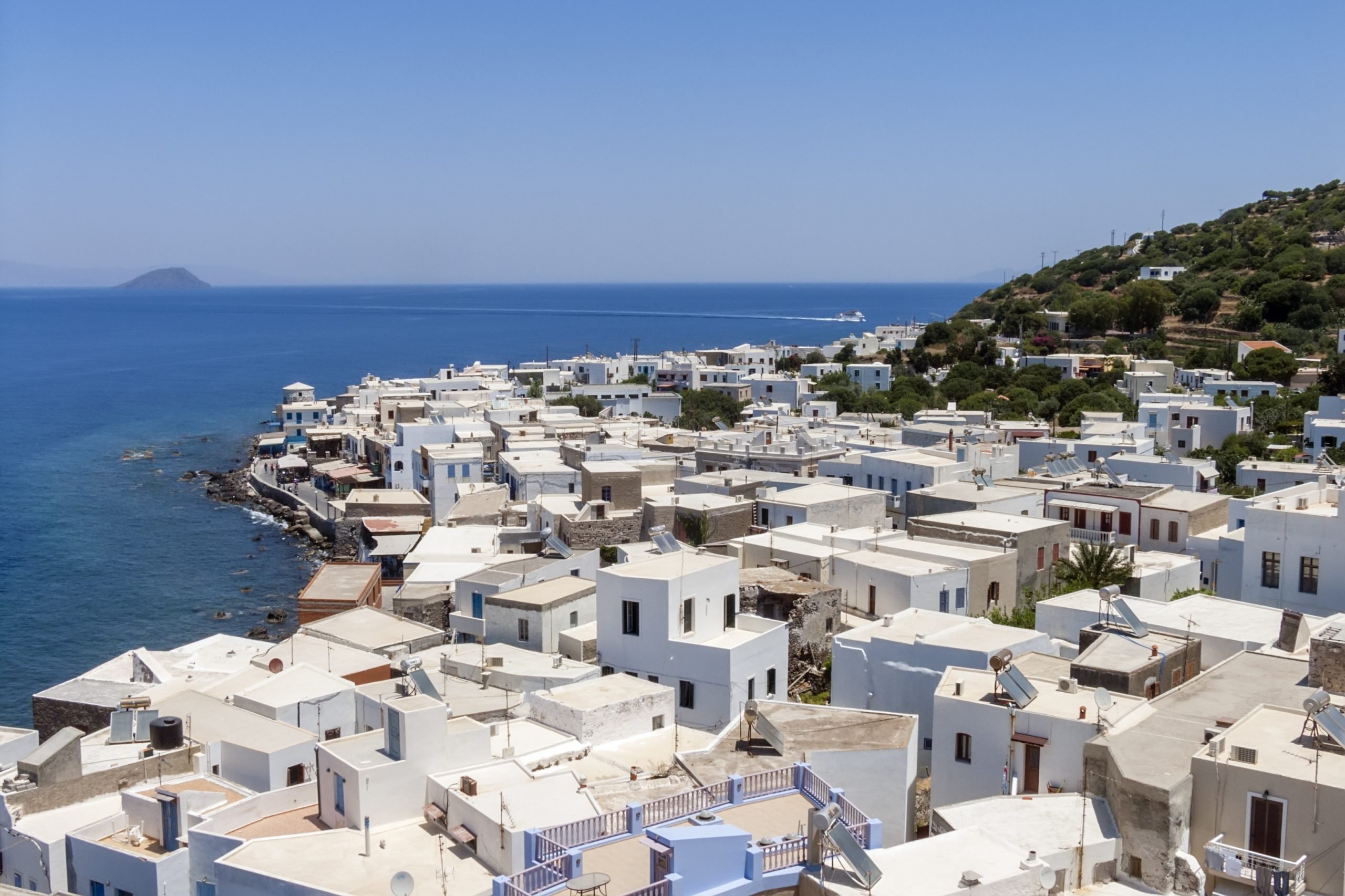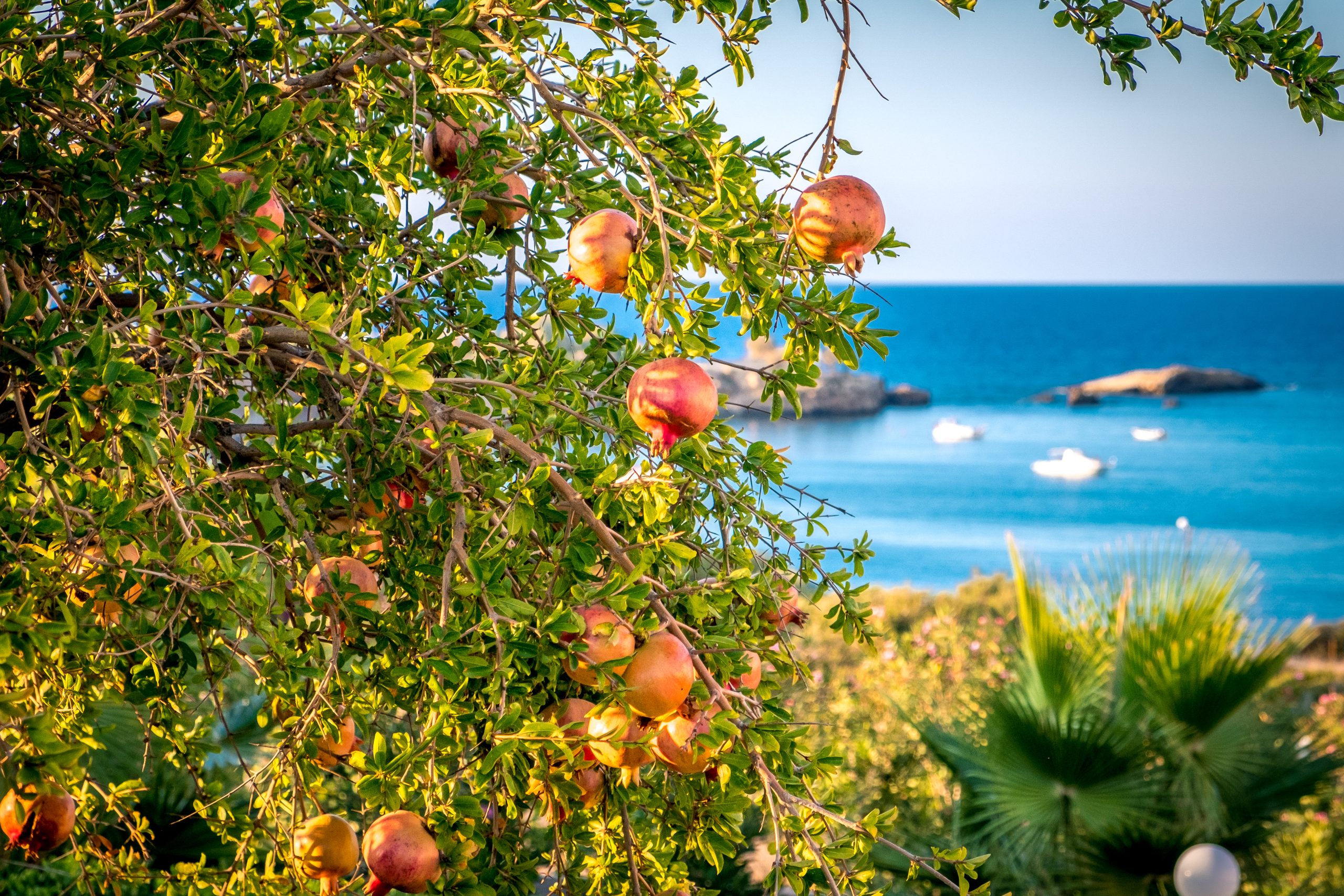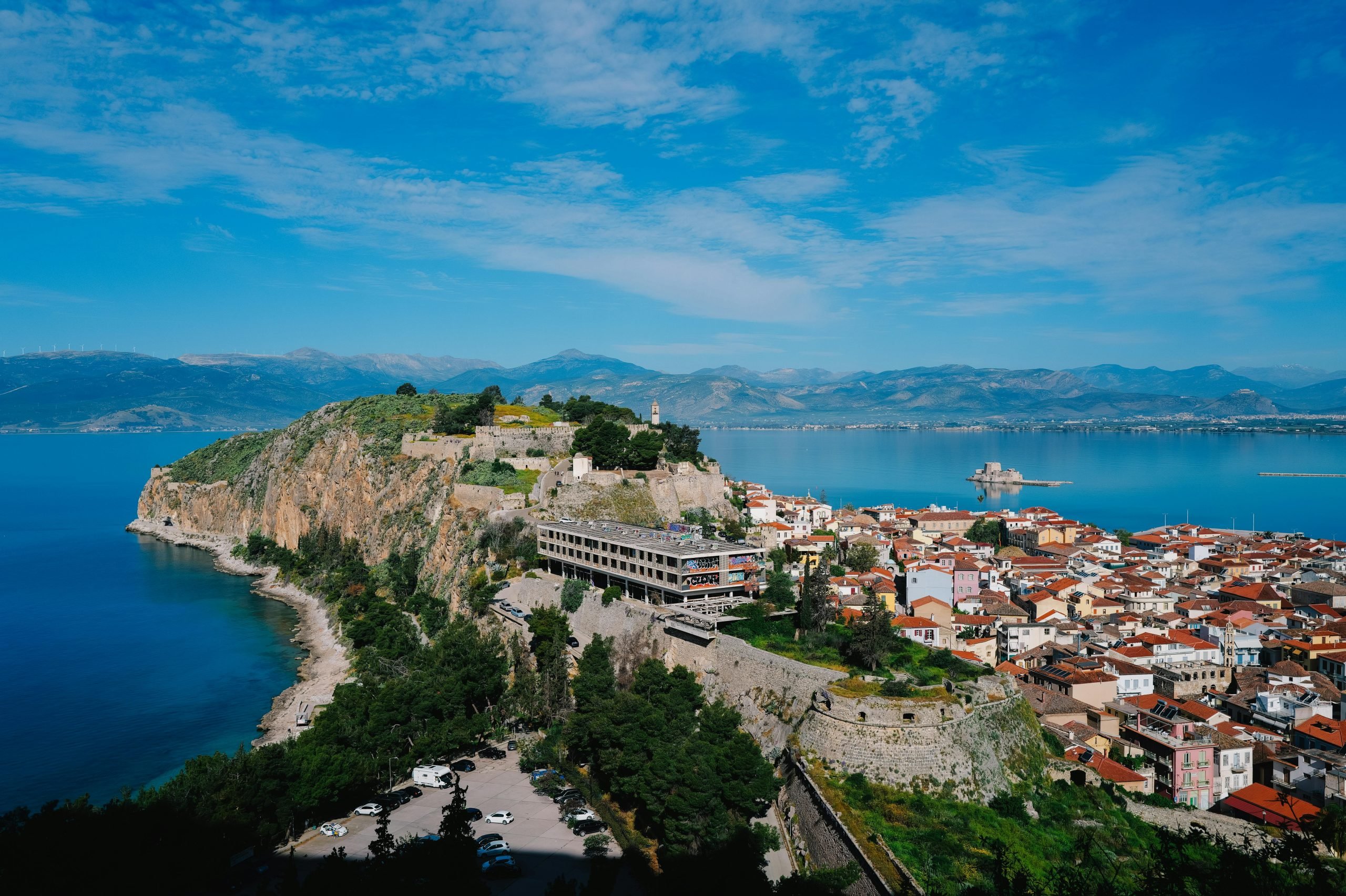Where are Greece’s cleanest beaches? What is the blue flag rating system? Which areas of Greece have the most blue flag beaches? We will answer all of these questions about Greece’s beaches in this article.
What is the Blue Flag Award?
The international Blue Flag quality award measures the cleanness of swimming water and beaches, as well as the services the visitors. Greece has some of the cleanest beaches in the world and is ranked second in the world in blue flag rankings, with 625 blue flag beaches, 18 marinas and 9 touristic boats.

What are the Requirements for a Blue Flag Award?
Since 1987, the Blue Flag program has been given to beaches and marinas aimed at making them better and safer, while at the same time protecting the natural environment.
Beyond informing people about how clean the beaches are, Blue Flags are also awarded on criteria, such as how well-informed swimmers are about the coastal stretch, the safety measures in place and whether access is provided for those with physical disabilities.
Globally, Greece accounts for about 15% of all Blue Flags awarded, which shows Greece’s dedication to keeping its natural beauty and giving top-tier amenities to visitors.

“Excellent” Ratings Only
A condition required for a coast with the “Blue Flag” is that its water quality is “Excellent”. No other quality rating, even “Good”, is acceptable to the Program. The award lasts one year, and the award can be lost if a beach becomes more dirty.
The process of awarding Blue Flags is intense. Each country’s municipalities need to apply through their national operators, for example the EEPF in Greece.
Then, applications that fulfill national standards go to an international jury for final evaluation. This jury includes members of the FEE Board, UNESCO, the European Network for Accessible Tourism (ENAT), the World Tourism Organization (UNWTO), and the European Union for Coastal Conservation (EUCC).

Which Areas of Greece Have the Most Blue Flags?
The Region of Crete has the first position with 146 Blue Flags. The area of Halkidiki in Northern Greece is ranked with 104 Blue Flags.
Other regions in Greece with many blue flag beaches are Rhodes, Corfu, and Lesvos.

Blue Flag Beaches in Crete
In Crete there are 146 Blue Flag beaches. Some of the Blue Flag beaches in Crete include:
Adelianos Kampos/Caramel Boutique
Pigianos Kampos/Amira Luxury Resort
Pigianos Kampos/Grecotel White Palace
Skaleta/Creta Star
Lianos Kavos Lavris/Iberostar Creta Panorama
About Crete Beaches
Crete has more beaches than any other island in Greece. The coastline stretches for 1046 kilometers and has many sandy, romantic beaches. Uniquely, Crete has the biggest palm forest in Europe – Vai on the east coast of Crete. The beaches of Balos, Elafonissi, and Falasarna are some of the most popular beaches and are found on the west coast of the island.
Crete has one of the longest coastlines of any area in Greece, at about 1000 kilometers. Some parts of Crete are undeveloped and there are many opportunities for beachfront homes. Some popular areas to get a sea view in Crete are Ierapetra, Agios Nikolaos, and Koutouloufari.

Blue Flag Beaches in Halkidiki
In Halkidiki there are 104 Blue Flag beaches. Some of the Blue Flag beaches in Halkidiki include:
Kryopigi 4/Kassandra Palace
Polychrono/Azur Hotel
Polychrono-Cocones Beach
Chanioti 1
Domes Noruz Kassandra
About Halkidiki Beaches
Halkidiki is known for its heavenly beaches, incredible nature, beach bars, seaside resorts, and nightlife. The coastline of 550km makes it perfect for beach vacations in Greece. Nea Herakleia and Nea Kallikratia are both popular, and are know for their white sand, which is on the western coast of Halkidiki. They are fully-organised.

Blue Flag Beaches in Rhodes
In Rhodes there are 54 blue flag beaches. Some of the Blue Flag beaches in Rhodes include:
Ammoudes Faliraki/Elysium Resort
Ammoudes Faliraki/Rodos Palladium
Anthony Quinn
Vlycha / Lindos Grand Resort
About Rhodes Beaches
With over 40 world-class beaches on the island, swimmers are spoilt for choice.
Spectacular beaches and sandy coves can be easily found at spots such as Tsambika, Saint Paul’s bay, Ladiko and Kallithea. The southernmost point of Rhodes, such as Prassonisi, is ideal for windsurfing and kite surfing.
Outside the city of Rhodes, the island is dotted with small villages full of white-washed homes and resorts, among them Faliraki, Lindos, Kremasti, Haraki, Pefkos and Afantou.
While the shores are rocky, the island has arable strips of land where citrus fruit, grapes, vegetables, olives and other crops are grown. Rhodes is also home to a large number of flowering plants.

Blue Flag Beaches in Corfu
In Corfu, there are 17 blue flag beaches, as of 2023 (2024 data was not available). Some of the Blue Flag beaches in Greece include:
Glyfada / Domes of Corfu
Dassia / Ikos
Daphnila / Eva
Ermones
Kanoni
Kommeno / Corfu Imperial
About Corfu Beaches
There are many picturesque beaches to visit in Corfu, including the Agios Georgios Pagon, Ermones, and Paleokastritsa beaches. Myrtiotissa is the most remote beach on the West Coast. The east coast beaches include Barbati, Kouloura, and Dassia.
The best beaches in the south of Corfu are Arkoudilas and Halikounas, with the second being known for kite surfing. In the northwest of the island of Corfu, you will find Sidari, which is known for its Canal d’Amour and its sandstorm formations. Perhaps most uniquely, you will find flamingos and migrating birds at the Alikes salt pans.

Greece is in Second Place… So Who Has First Place?
Spain beats Greece for the top spot on the Blue Flag list, but only by a few beaches. Greece has 625, and Spain has 638.
A Complete List of Blue Flag Beaches in Greece
For a complete list of blue flag beaches in Greece, see here.

Clean Beaches for Homeowners
A clean beach is pleasant on the eye but also provides enormous economic and social benefits.
Research shows that clean beaches not only draw visitors, who pay for hospitality services, but also long-term infrastructure projects to the area, adding to its liveability.
Clean beaches directly add substantial value to homes for sale nearby, while demand for beachside villas next to crystal-clear water is very strong.
High Demand for Rentals
The large number of turquoise beaches in Greece is a key factor in supporting growth in the broader real estate market. In addition to rising prices, demand for rentals has soared, particularly on islands such as Crete and Corfu.
A growing number of global travellers visiting Greek shores keeps demand for short term accommodation rental robust, meaning that homeowners can make a healthy profit when they are not using the houses themselves.


